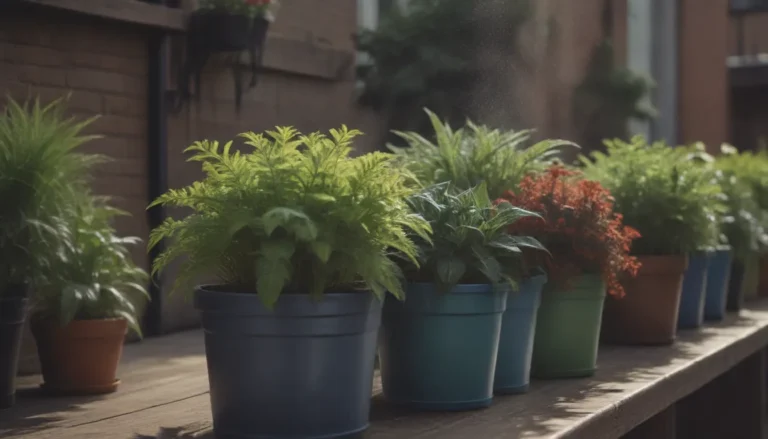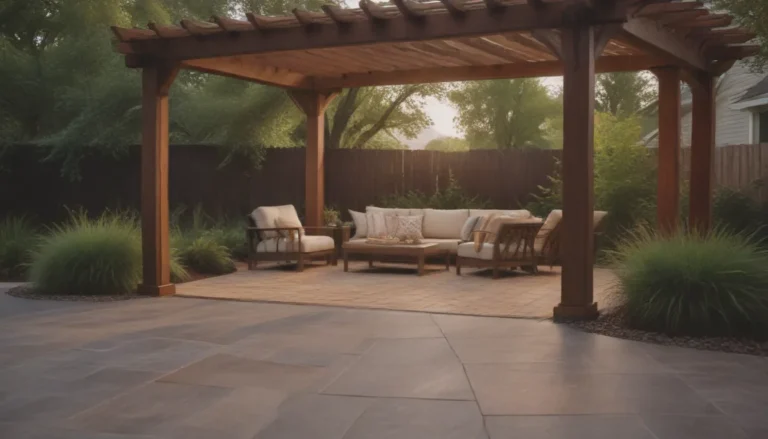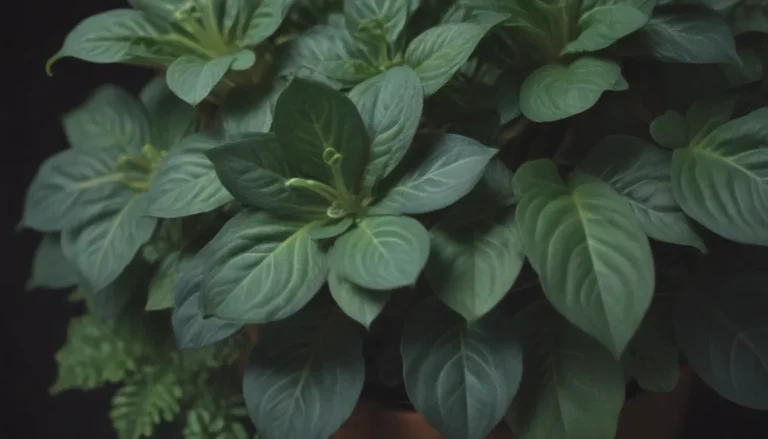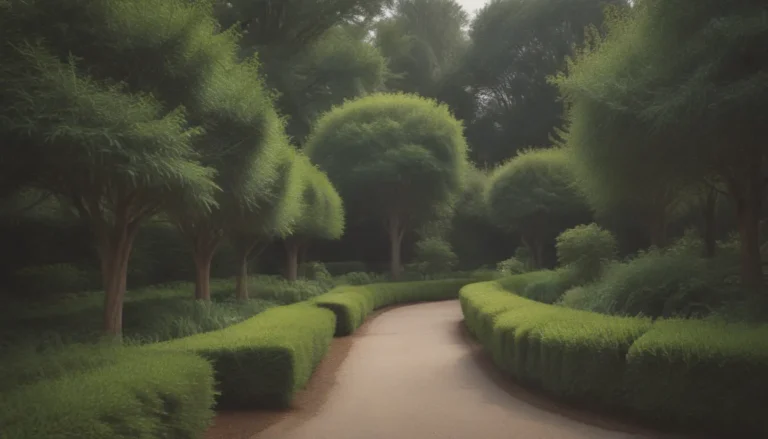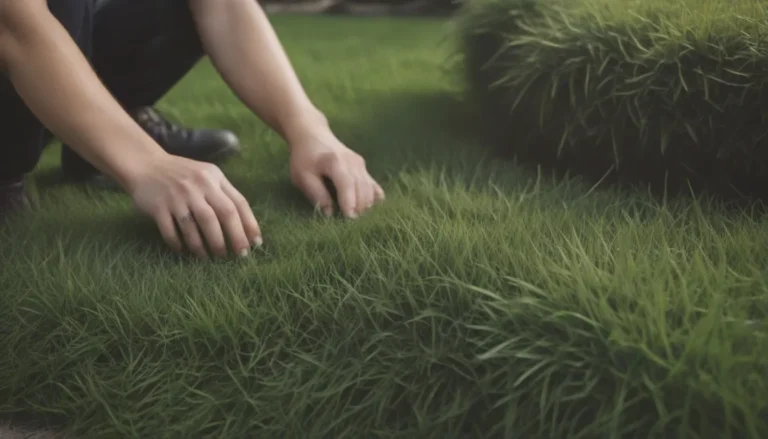The Ultimate Guide to Growing and Caring for New Zealand Sedge
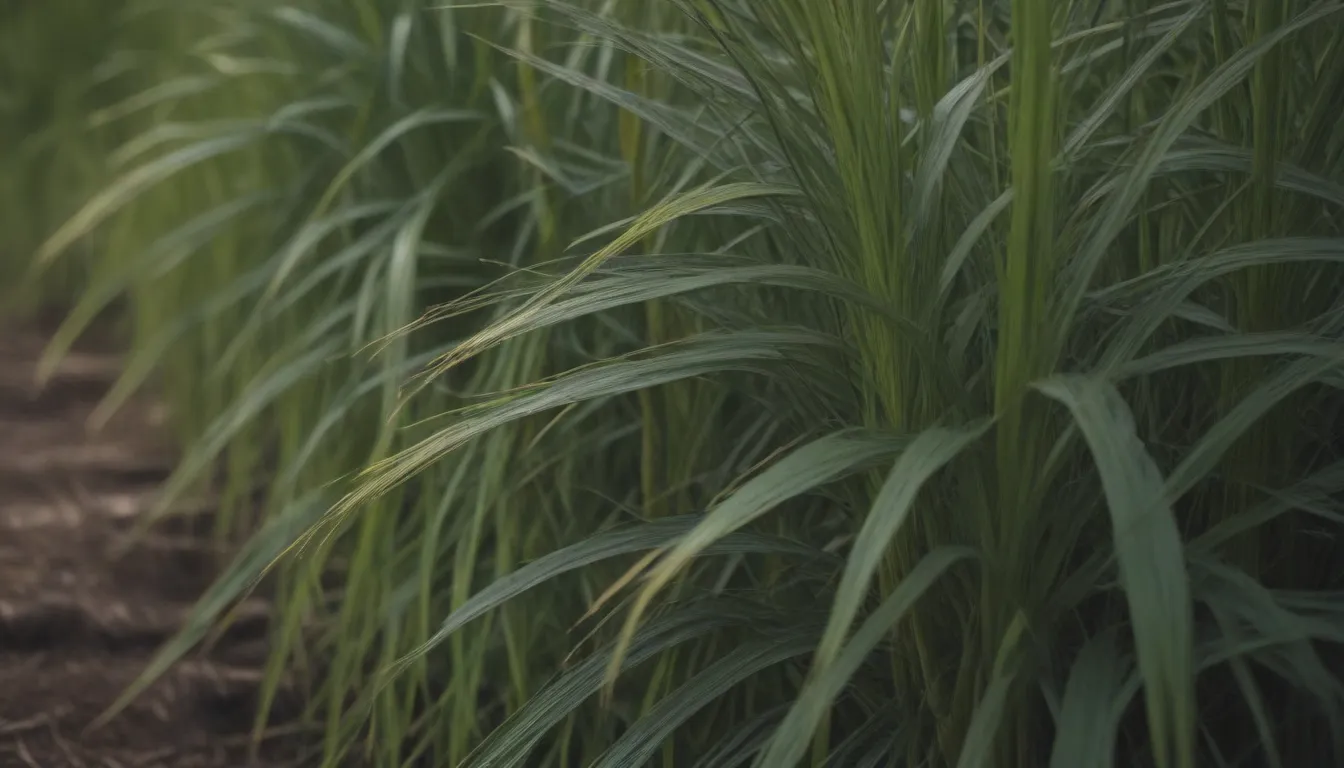
Welcome to the ultimate guide on how to successfully grow and care for one of the most striking ornamental grasses – the New Zealand sedge. If you’re looking to add a touch of vibrant color and texture to your garden, then this evergreen perennial grass is the perfect choice for you. In this comprehensive guide, I will walk you through everything you need to know about New Zealand sedge, from its unique characteristics and varieties to essential care tips that will help you maintain a healthy and thriving plant. Let’s dive in!
Understanding New Zealand Sedge
New Zealand sedge, scientifically known as Carex testacea, is a versatile and visually appealing grass that boasts a stunning color palette, transitioning from olive green to a rich copper hue in autumn. It is also commonly referred to as New Zealand hairy sedge or orange sedge, reflecting its vibrant seasonal colors. While technically not a true grass, sedges closely resemble grasses in appearance, making them a popular choice for ornamental landscaping.
Key Features of New Zealand Sedge:
– Bold shape and finely-textured, shiny leaves
– Dynamic color change from olive green to copper in autumn
– Versatile plant suitable for various landscape designs
– Drought-tolerant, salt-tolerant, and deer-resistant
Why Choose New Zealand Sedge?
New Zealand sedge is a favorite among gardeners for its year-round appeal and low-maintenance nature. Whether you’re looking to create a stunning focal point in your garden or enhance a rock garden setting, this sedge variety is sure to impress. Its ability to thrive in sunny locations with well-drained soil makes it a versatile choice for a wide range of garden styles.
Ideal Uses for New Zealand Sedge:
– Cottage gardens
– Specimen plantings
– Pond border plantings
– Rock gardens
– Minimalist designs
Growing Conditions for New Zealand Sedge
To ensure the healthy growth of your New Zealand sedge plants, it’s essential to provide them with the right growing conditions. Here are some key factors to consider when cultivating these stunning grasses:
Light: New Zealand sedge thrives in full sun but can also tolerate partial shade. For optimal color intensity, ensure they receive ample sunlight throughout the day.
Soil: These plants prefer well-drained, rich soil with added organic matter. Good drainage is crucial to prevent waterlogging, especially during the winter months.
Water: While New Zealand sedge is drought-tolerant, it’s important to provide supplemental water during prolonged dry spells to prevent leaf curling or browning.
Varieties of New Zealand Sedge
The popularity of New Zealand sedge has led to the development of several cultivars that offer unique features and color variations. One such notable collection is the “Carex Colorgrass” series, which includes popular varieties like “Prairie Fire,” “Red Rooster,” “Bronco,” and “Phoenix Green.” These cultivars offer a range of colors and textures, adding diversity to your garden landscape.
Popular Varieties of New Zealand Sedge:
– Prairie Fire
– Red Rooster
– Bronco
– Phoenix Green
Maintenance and Care Tips
Pruning: In spring, lightly prune established New Zealand sedge plants to remove dead or dried growth. A small hand rake can be used to gently separate the dead foliage from the crown, promoting new growth.
Propagation: Divide clump-forming New Zealand sedge plants in late winter or early spring to propagate new plants. This can help rejuvenate overcrowded plantings and ensure the health of your sedge population.
Pests and Diseases: New Zealand sedge is relatively pest and disease-resistant, with aphids occasionally posing a threat. Monitor your plants regularly for signs of pest infestation and treat them promptly to prevent any damage.
In Conclusion
New Zealand sedge is a versatile and visually striking plant that can elevate the aesthetic appeal of any garden or landscape. By following the care tips outlined in this guide, you can successfully grow and maintain healthy New Zealand sedge plants that will thrive year-round. Whether you’re a seasoned gardener or a novice enthusiast, adding these vibrant grasses to your outdoor space is sure to bring beauty and joy to your surroundings. Happy gardening!
